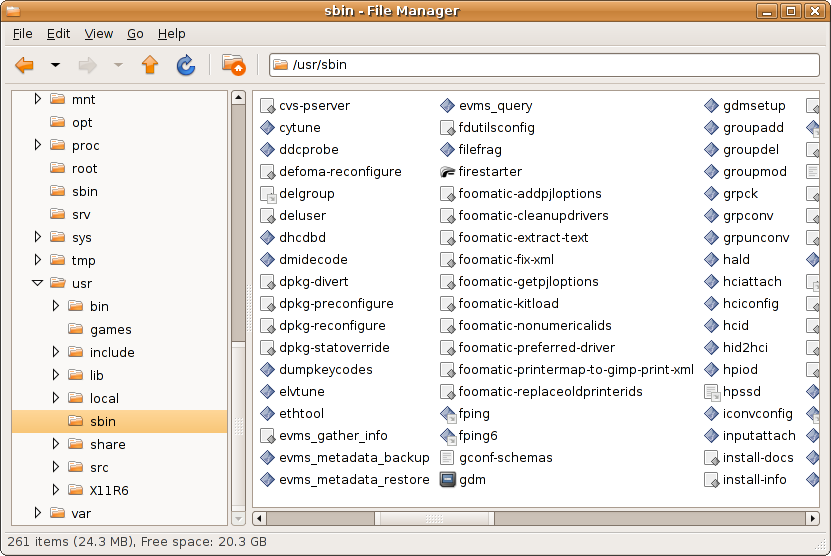I plugged in a 250 GB Seagate 7200.10 hard drive into my Feisty box this evening, and to my surprise, /dev/sdd appeared along with a bunch of stuff in my dmesg output. This is on an NVIDIA Nforce 4 motherboard.
[189006.364000] ata3: exception Emask 0x10 SAct 0x0 SErr 0x150000 action 0x2 frozen
[189006.364000] ata3: hard resetting port
[189013.280000] ata3: SATA link up 1.5 Gbps (SStatus 113 SControl 300)
[189013.328000] ata3.00: ata_hpa_resize 1: sectors = 488397168, hpa_sectors = 488397168
[189013.328000] ata3.00: ATA-7: ST3250620AS, 3.AAJ, max UDMA/133
[189013.328000] ata3.00: 488397168 sectors, multi 0: LBA48 NCQ (depth 31/32)
[189013.392000] ata3.00: ata_hpa_resize 1: sectors = 488397168, hpa_sectors = 488397168
[189013.392000] ata3.00: configured for UDMA/133
[189013.392000] ata3: EH pending after completion, repeating EH (cnt=4)
[189013.392000] ata3: EH complete
[189013.396000] scsi 2:0:0:0: Direct-Access ATA ST3250620AS 3.AA PQ: 0 ANSI: 5
[189013.396000] ata3: bounce limit 0xFFFFFFFFFFFFFFFF, segment boundary 0xFFFFFFFF, hw segs 61
[189013.400000] SCSI device sdd: 488397168 512-byte hdwr sectors (250059 MB)
[189013.404000] sdd: Write Protect is off
[189013.404000] sdd: Mode Sense: 00 3a 00 00
[189013.408000] SCSI device sdd: write cache: enabled, read cache: enabled, doesn’t support DPO or FUA
[189013.412000] SCSI device sdd: 488397168 512-byte hdwr sectors (250059 MB)
[189013.412000] sdd: Write Protect is off
[189013.412000] sdd: Mode Sense: 00 3a 00 00
[189013.416000] SCSI device sdd: write cache: enabled, read cache: enabled, doesn’t support DPO or FUA
[189013.416000] sdd: unknown partition table
[189013.432000] sd 2:0:0:0: Attached scsi disk sdd
[189013.432000] sd 2:0:0:0: Attached scsi generic sg4 type 0
